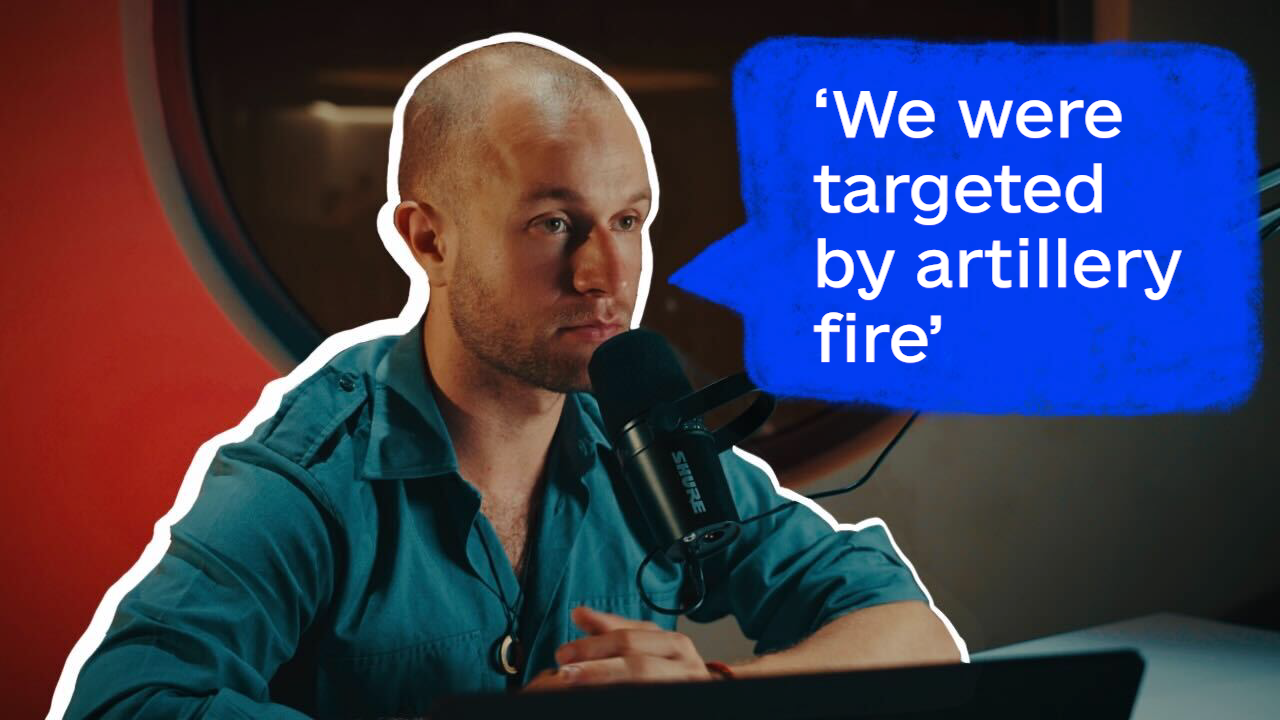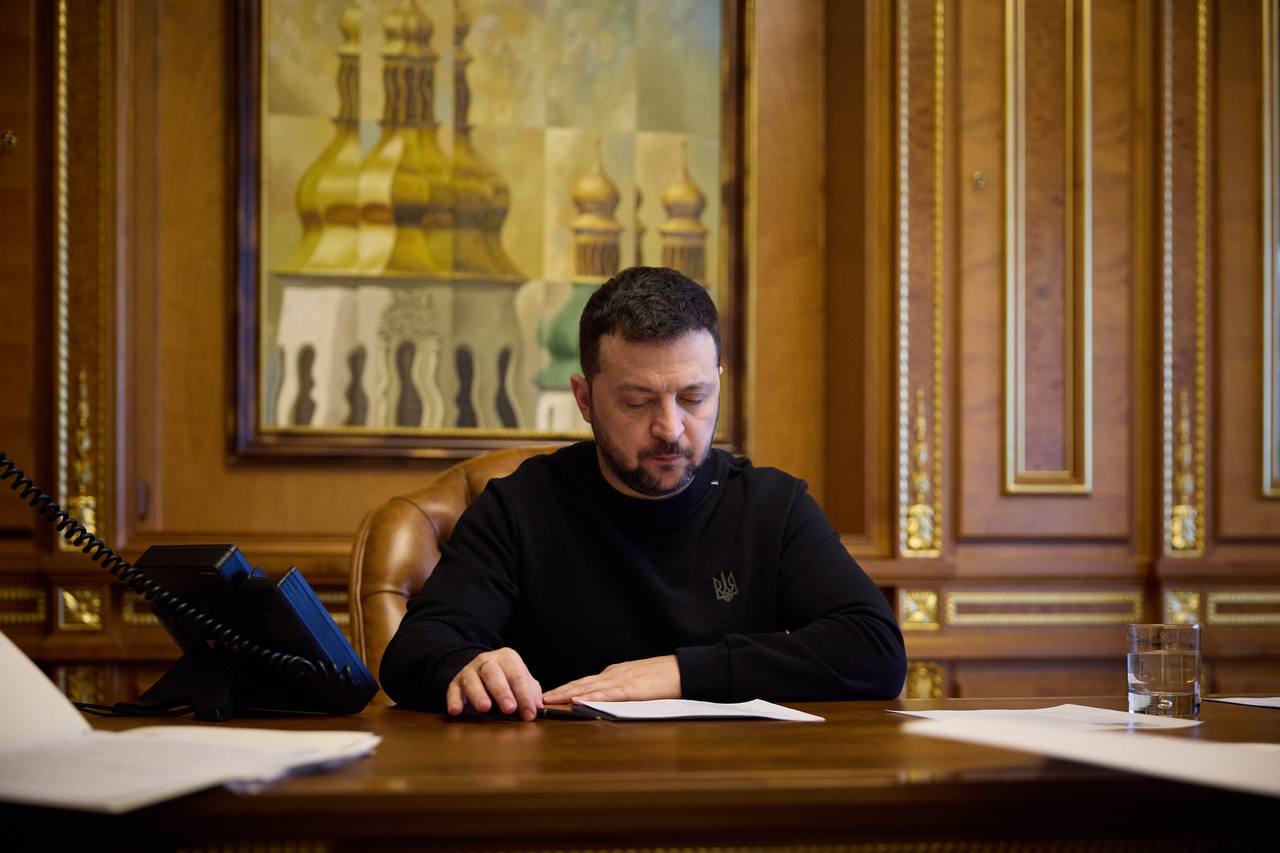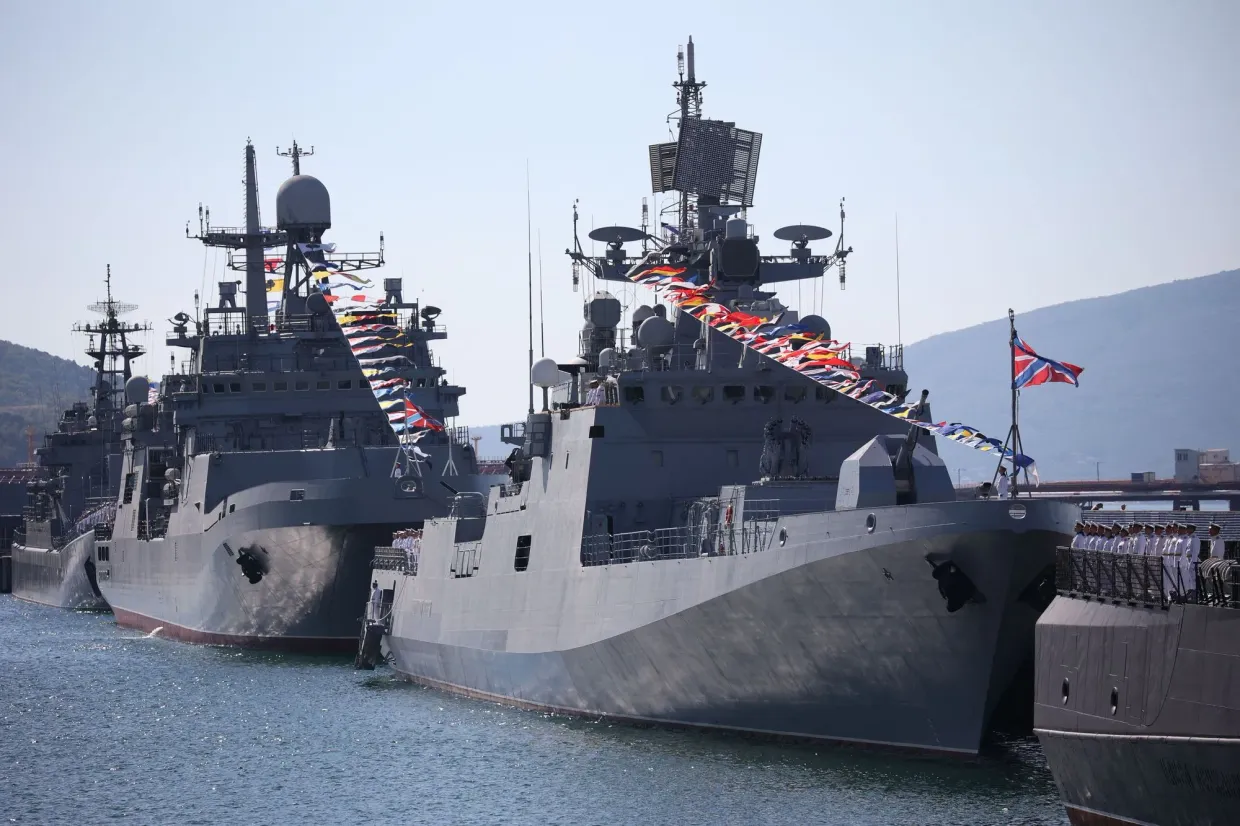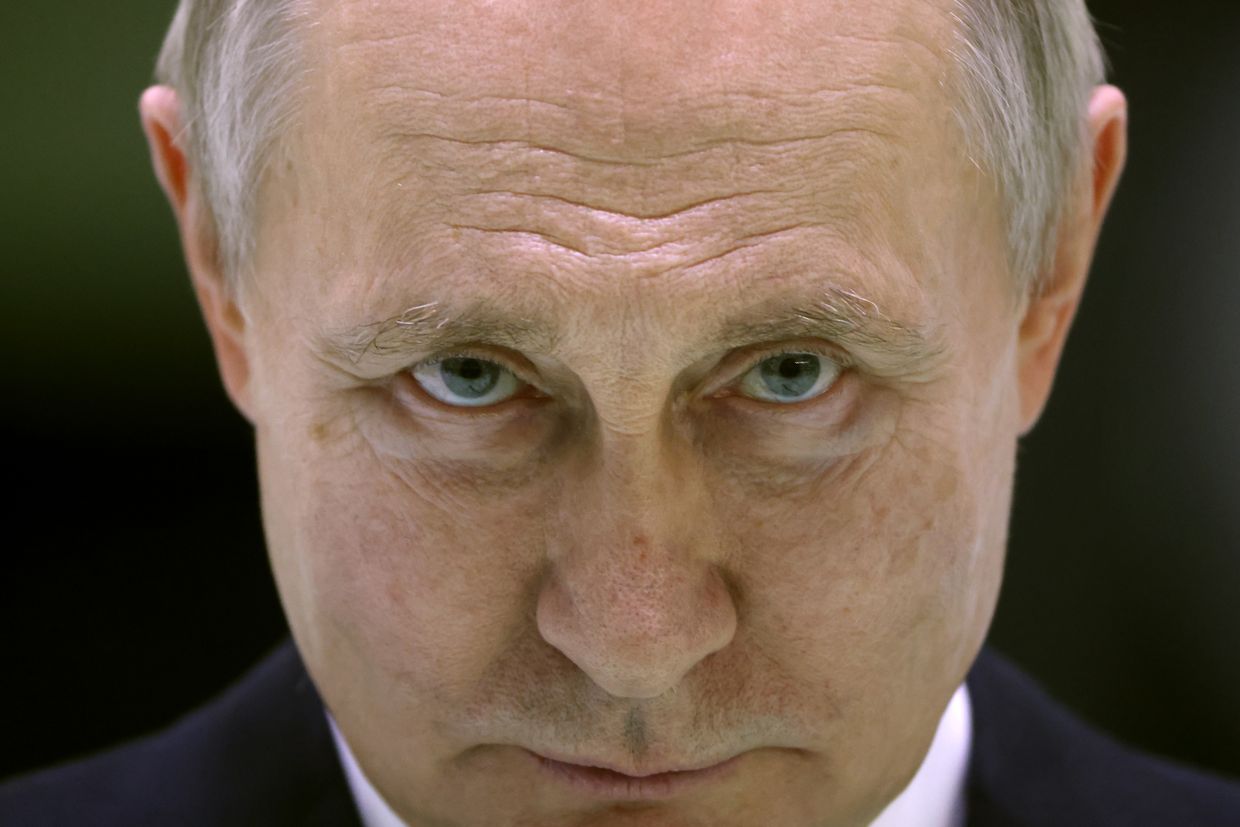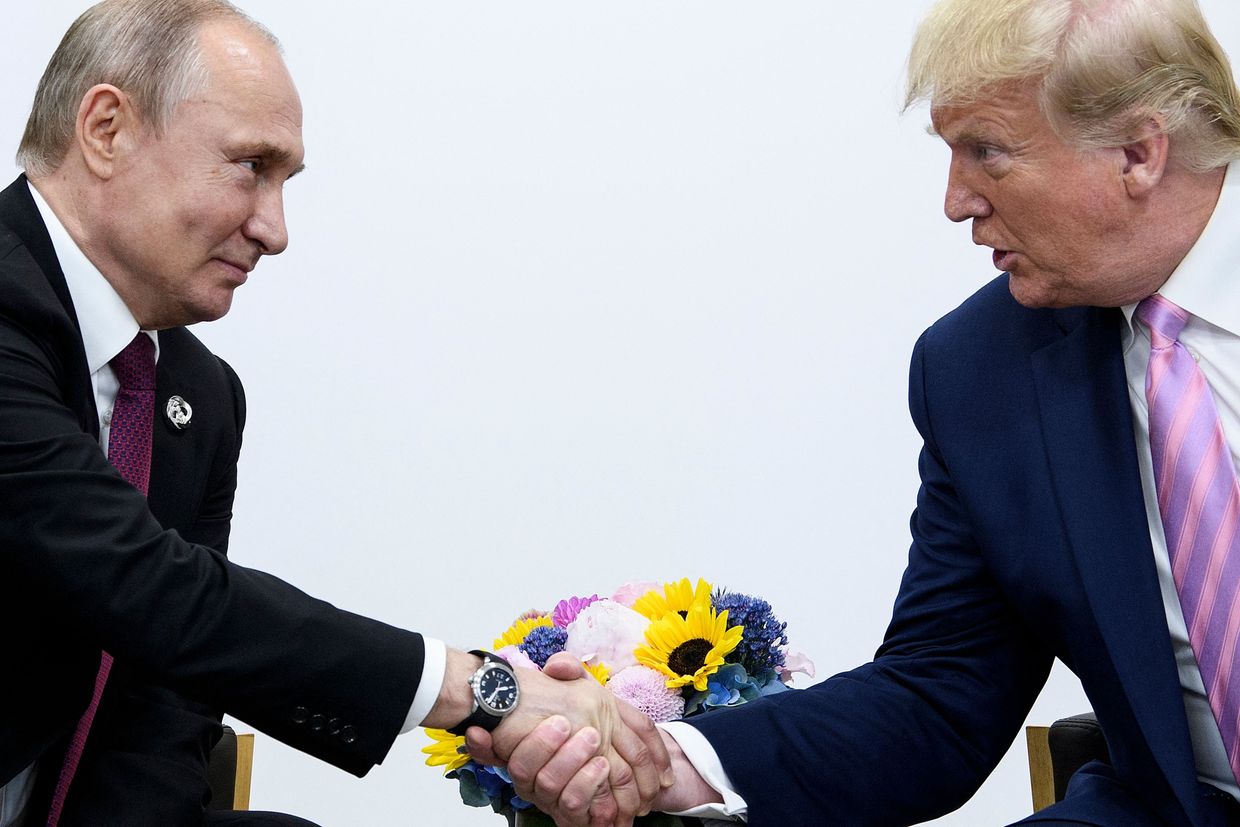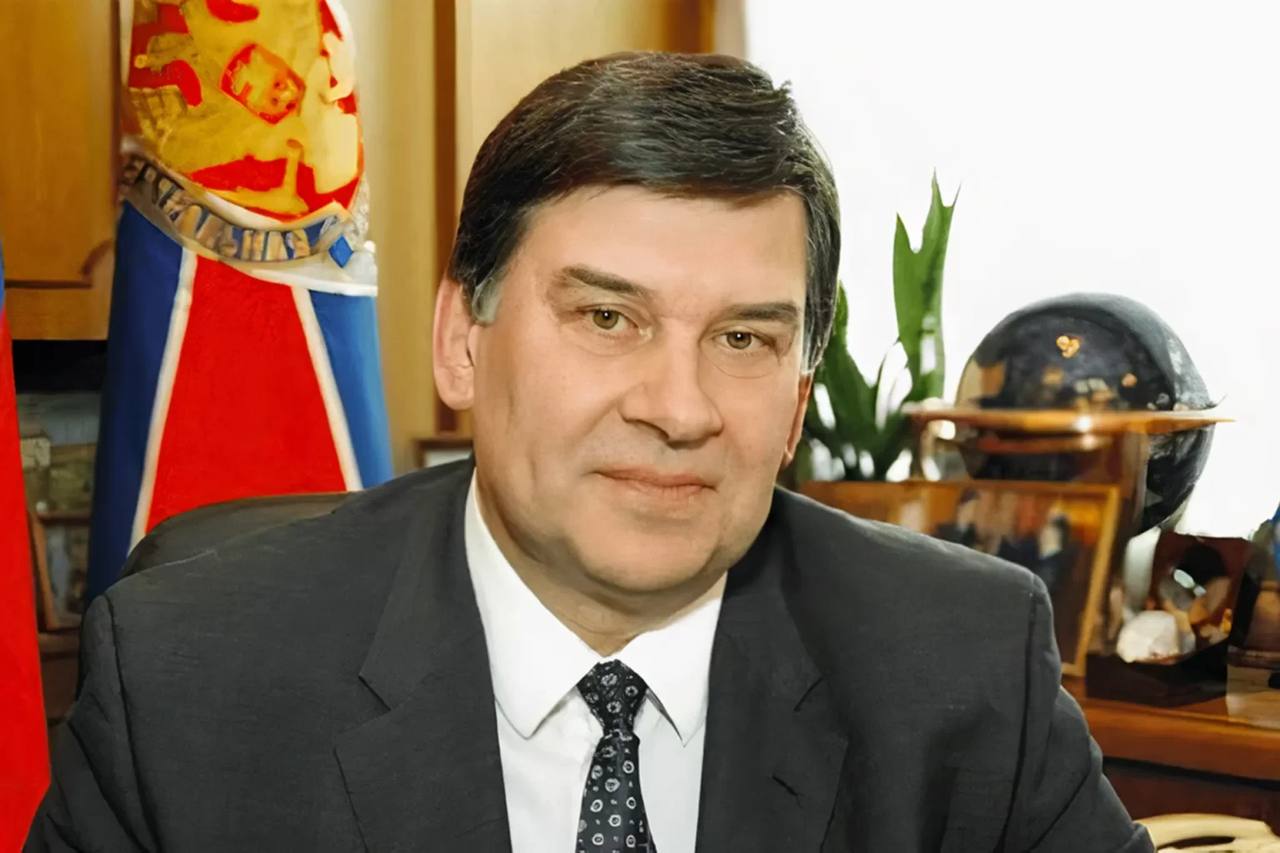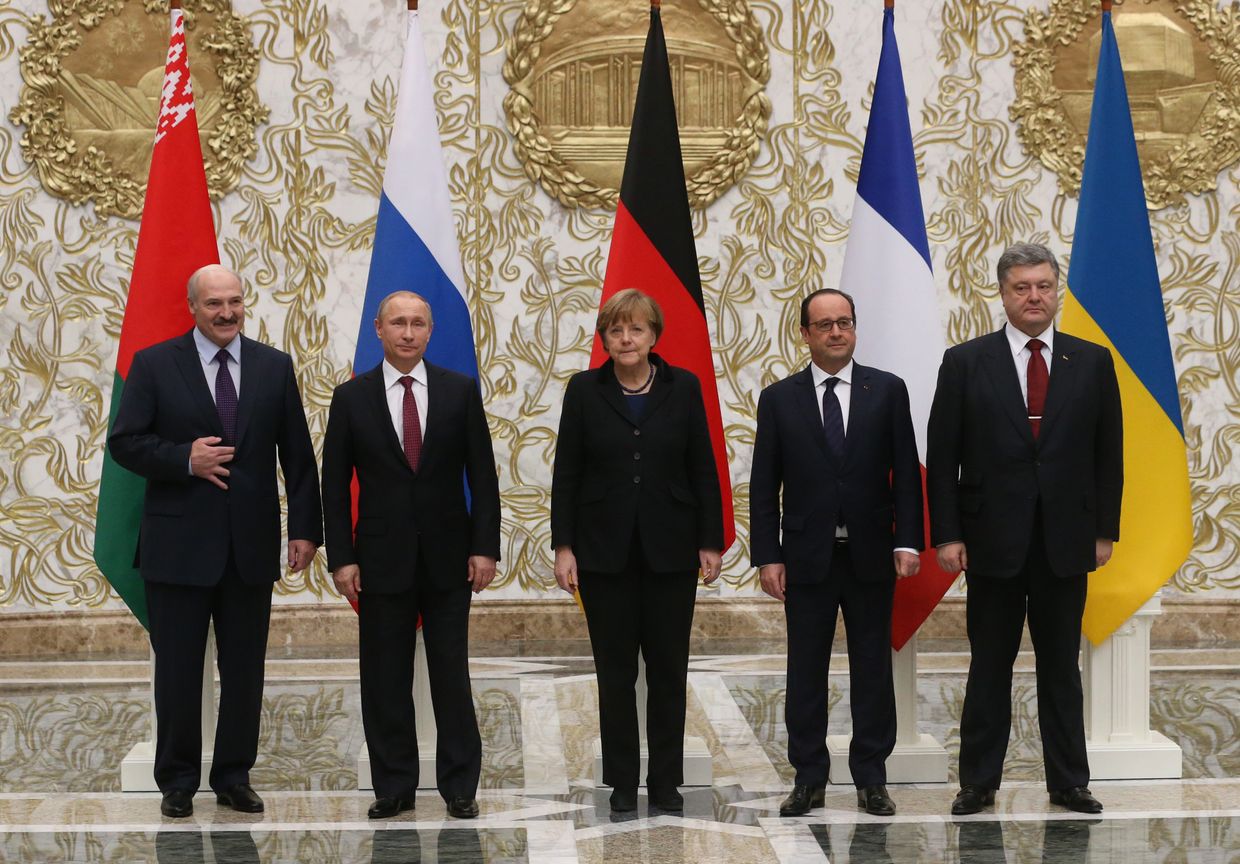In any and every corner of Ukraine, one would be very hard-pressed to find an ordinary person, civilian or military, who doesn’t want this cruel and brutal war to end.
Ukrainians want nothing more than to be able to live without fear of night-time missile attacks, to see their loved ones return home from the front not just for a short vacation but for good, and most of all, to stop the neverending conveyor belt of funerals and obituaries for the country’s best and bravest people.
But Russia’s maximalist aims haven’t gone anywhere; in fact, there is a good chance that Vladimir Putin thinks they are more in reach than at any time since the first weeks of the full-scale invasion.
As much as the resumption of U.S. military aid flows has alleviated the ammunition situation and bolstered Ukraine’s air defense, Ukraine’s manpower problem has only worsened.
After long periods holding their sectors in the face of near-endless onslaughts from artillery, drones, glide bombs, and infantry assaults, Ukrainian brigades are having to defend the same lengths of the front line with less and less people.
Just a few weeks ago, I saw this with my own eyes in Donetsk Oblast: the company we were embedded with, part of one of Ukraine’s most experienced fighting brigades, was simply not getting replenished.
Two weeks after we visited, three infantrymen in the company were killed and one seriously wounded.
These people are Ukraine’s most valuable resource, one that outside support cannot fund and one that is running low.
For a while, mounting losses could be concealed behind a largely stable front line and the advancement of drone warfare, but over the last few months, deep cracks have begun to show in Ukraine’s defense of its hundreds of kilometers front line.
As much as it has lifted moods in Ukraine and embarrassed Moscow, it remains a long shot to hope that Kyiv's surprise incursion into Kursk Oblast could drastically change the current dynamic in the east.
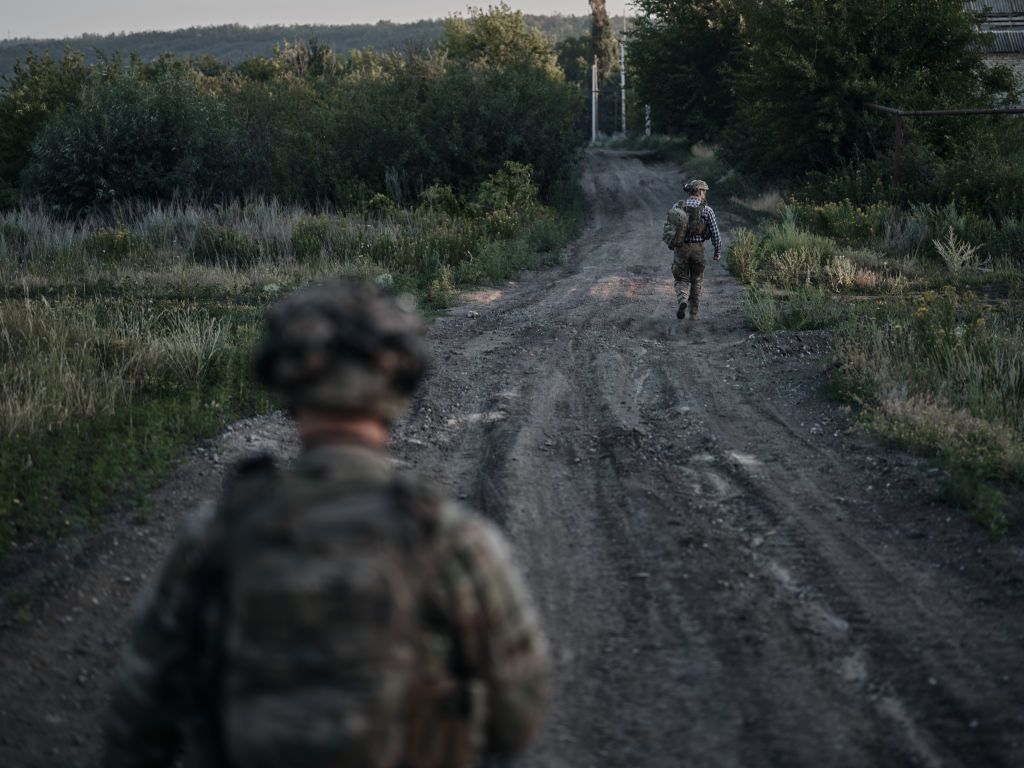
Russia is learning to target Ukraine’s least effective, most dysfunctional units for their offensive, which in turn compromises the flanks of more capable brigades.
Botched unit rotations and localized collapses of defensive lines have led to Russia making small surges forward in key sectors of the front line, most notably east of Pokrovsk, a major strategic hub in Donetsk Oblast, and around Toretsk and Niu-York, two cities which had seen little fighting until then.
Meanwhile, in the international arena, a campaign for “peace” between Ukraine and Russia is gaining momentum, led by the worst people imaginable for such a role.
Notorious sympathizer and friend of dictators, Hungarian Prime Minister Viktor Orban, who has worked diligently to block and water down European efforts to help Ukraine stay alive, traveled on his famous “peace mission” to Kyiv, Moscow, and Beijing in June.
Although he hasn’t made public the specific terms of his idea of a peace deal and admitted himself that the positions of Russia and Ukraine were still “very far apart,” Orban has dealt another major blow to European and NATO unity on Ukraine, normalizing the idea that negotiations should be an end to themselves, whatever the cost.
Then, of course, there is Donald Trump. While U.S. President Joe Biden’s withdrawal from the 2024 election race has made the convicted felon’s return to office much less of a certainty, it remains a real threat to Ukraine’s survival.
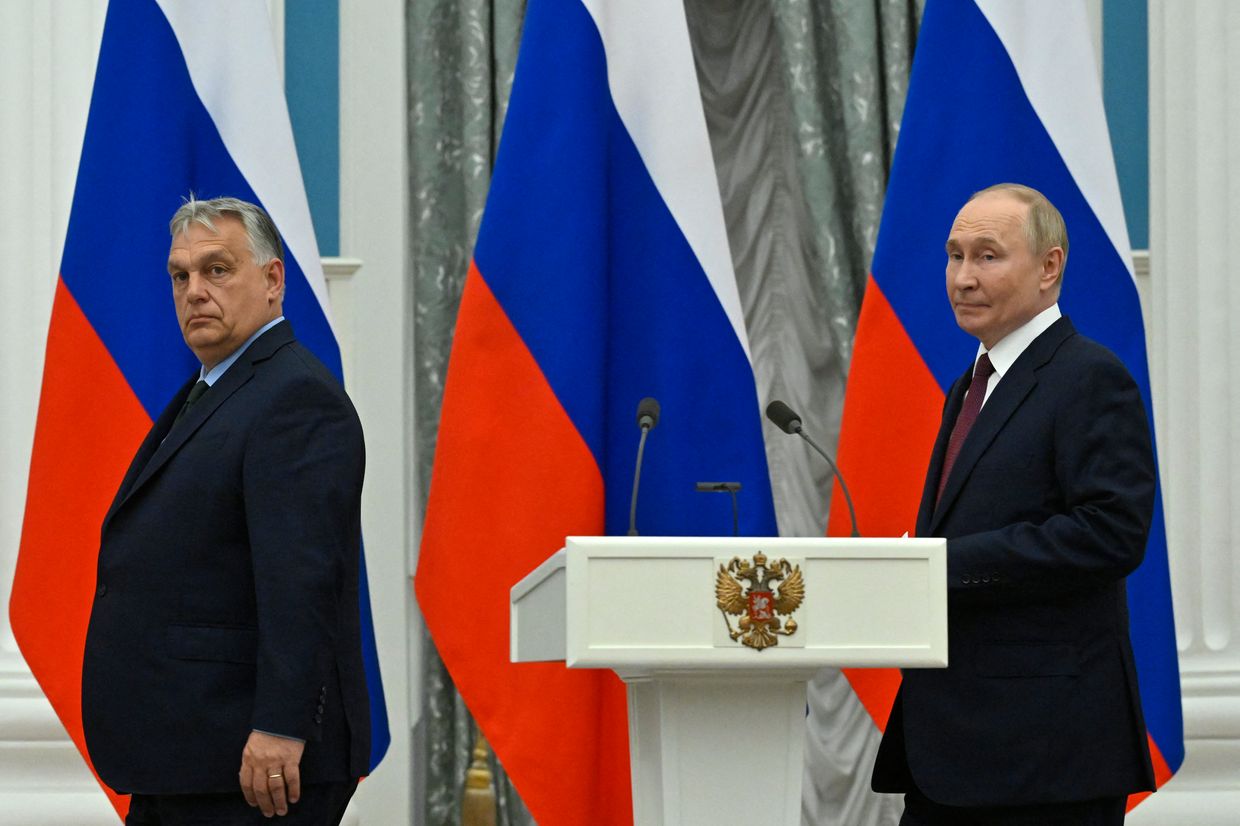

Even if Trump failed to pull his political levers enough to force his “ceasefire in 24 hours” as he claims he could, over time, deliberately cutting off military aid would be more disastrous for Ukraine than the last hold-up, further exacerbating the manpower situation.
All this considered, the loss of territory at an increasing rate and the increasing volume of calls for peace from the outside are not a good combination.
Especially when the calls for peace refer to a hypothetical “deal” with a country whose war openly aims to end the existence of sovereign, independent Ukraine.
The idea of peace should not be taboo.
There is a reason that President Volodymyr Zelensky has stopped mentioning Ukraine’s 1991 borders, including at the Peace Summit in Switzerland in June, and there is a reason why Kyiv is now looking to invite Russian representatives to the next one.
But not all peace is equal. Much more important than the fact of peace negotiations themselves is that of the balance of power between the two sides going into them.
For Ukraine, this balance of power will shape the terms upon which a ceasefire could be reached, whether those terms are actually carried out, and also how likely it is that Russia will feel it can invade again when the time is right.
Ukraine has done well in campaigning for international support and signing security agreements with most of its most powerful Western partners. But these agreements fall short of being hard, Article 5-style guarantees, and when push comes to shove, it would be wishful thinking to expect that the broad extent of military and political support to Ukraine would be any higher than it is now in the case of a repeat invasion.
Put very simply, looking forward through the rest of the year and into 2025, there are two very simple scenarios for entering into peace negotiations.
One in which Russia is convinced that continuing to advance on the battlefield, continuing their conquest of as much of Ukraine as they want, is no longer an option.
If we can reach that point, it will still be Ukraine’s choice when and how to enter negotiations, but Kyiv can do so with much more confidence that they can secure a peace that will last.
It might be painful for Ukrainians to come to terms with, especially for those under occupation, but it could give the country the reprieve it needs to rebuild and gain strength while not threatened by a desperate daily fight for survival.
The other, much darker scenario, is one in which Moscow feels it holds all the power.
If Kyiv eventually has to beg for peace, whether it’s because of U.S. aid being cut off or not, the prognosis for Ukraine both now and the future would be nothing short of catastrophic.
Russia’s demands would likely include territorial concessions: at minimum Crimea, Luhansk and Donetsk oblasts in full, and if Putin’s own words are to be believed, perhaps even the whole of Zaporizhzhia and Kherson oblasts, which Russia illegally claimed back in September 2022.
Other extreme conditions which Moscow could put forward as a price for a ceasefire could include limitations on the size and equipment of the Ukrainian military, or constitutional amendments than entrench Russian influence.
In other words, more elements of effective capitulation, and more reason to justify invading again at a moment's notice.
So, what is to be done?
The answer should be simple enough: Kyiv and its partners should do everything possible to strengthen their resolve, get their respective acts together, and put maximum pressure on Moscow.
Putin needs to see his dreams of further conquest as doomed to end only in bloody failure and instability for Russia.
This is not in any way an impossible task.
There are signs that the Russian military is hurting: just on July 31, Moscow more than doubled the signing bonus offered to new contract soldiers, evidence that the pool of men willing to be shipped off to near-certain death in Ukraine for a quick buck is running out.
Meanwhile, according to independent analysts, Moscow’s huge Soviet-era stocks of tanks and other armored vehicles are being depleted faster than they can be replaced, a problem that could eventually cripple Russia’s ability to effectively attack.
Ukraine is at a huge battlefield advantage by being firmly on the defensive, especially since Russian commanders’ apathetic attitude to the lives of their personnel inflates the defender’s advantage, likely beyond the traditional 3-to-1 ratio.
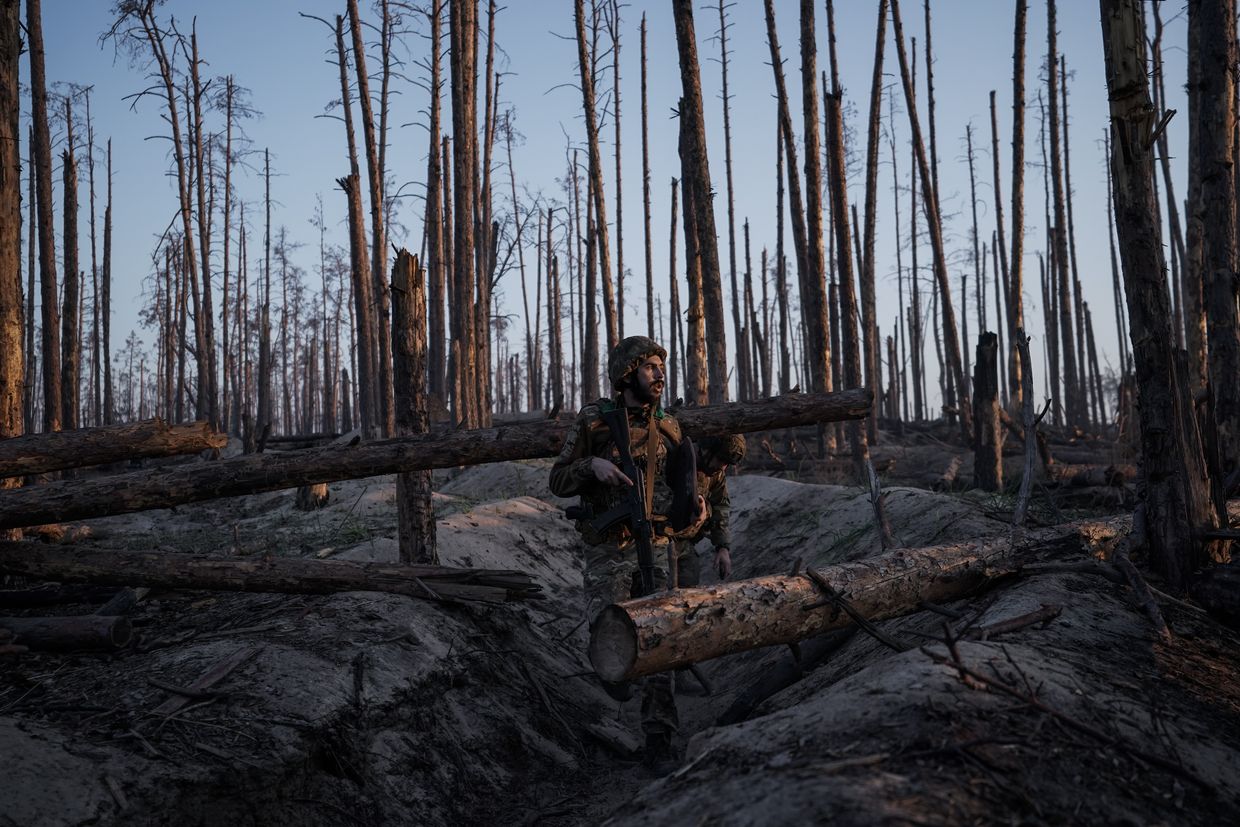
But Ukraine needs to do its best to use that advantage, because with Russia boasting the upper hand almost everywhere else, being on the defense alone is not enough.
Since the launch of Russia’s full-scale invasion, Ukraine’s overall performance on the battlefield has always been a function of the West’s support (weaponry, ammunition, and training) on one hand, and the human resources and leadership inside Ukraine on the other.
Sometimes, issues with one side of the coin are more noticeable than with the other, such as when Ukraine was forced to fight without U.S. ammunition deliveries for months on end at great cost in human lives and territory.
But at this point, it is clear that both have a lot to work on.
On the side of Ukraine’s partners, what is needed is the end of hesitation and the firm signaling to Russia that Ukraine being forced into negotiating from a losing position is simply not going to happen.
We’ve been over all of this before, but this means more weapons deliveries, expanded training programs for Ukrainian recruits, tightening sanctions on Moscow in every way possible, and, of course, the permission to strike any relevant target inside Russia with long-range Western weapons.
Braver options, like that hastily proposed by French President Emmanuel Macron to station some French troops in Ukraine in non-combat roles, should also be looked at more and taken seriously.
Overall, the West must finally shake its fear of escalation and come to terms with the fact that this war will not conveniently freeze or go away so long as Russia sees a path to victory.
But on top of the West’s shortcomings—and this could come as a shock to some people observing the war from far away—from inside Ukraine, it is becoming more and more clear how systemic issues inside the country’s military and political leadership are hurting the country’s war effort.
The fact that eight months after the first draft law was introduced, mobilization is still struggling to replenish Ukrainian units with capable, trained personnel is one thing: taking tens, if not hundreds, of thousands more people off to war, was always going to be Ukraine’s most painful internal challenge.
But here in Ukraine, serious concerns are being raised more and more about how these people are being used.
Over June and July, a new scandal inside the Ukrainian command—whether concerning some brigade commanders who themselves gave orders with little regard for the lives of their soldiers or others who were under threat of dismissal for refusing to follow such orders from higher command—arose almost every week.
These developments come not long after one of Ukraine’s respected commanders, Bohdan Krotevych of the Azov Brigade went public with a complaint against much-maligned General Yurii Sodol, appointed to a top position by Commander-in-Chief Oleksandr Syrskyi, whom Krotevych accused of “killing more Ukrainian soldiers than any Russian general.”

This pattern is in jarring contrast to the official communication of the war's development from Zelensky and the military, which seems to exist in a world where the war is in a permanent state of “tough but stable,” even when the lines on the map say otherwise.
It remains to be seen how these confrontations will be finally resolved and whether or not systemic changes will be brought about, but until then, the penchant of top commanders being worried more about their positions than the lives of the rank and file is deeply worrying.
For everyone involved and invested in Ukraine’s struggle for existence, but especially for its leaders, maintaining a clear grip on reality was, is, and will be, crucial.
In the industrial-scale war on our hands here, the only reality that matters is the reality on the battlefield. The battlefield is where Russia is convinced it can win its war, and the battlefield is where it must be convinced that it cannot.
And so, whether we are talking about high-level strategic deliberations in Washington, Brussels, and Kyiv, bilateral communication channels, or information policy vis-a-vis the public, it all has to be closely tied to that battlefield reality.
Kyiv and the West must not let themselves sleepwalk into a losing war in Ukraine; for Ukraine and the free world, there is still so much to lose.
Editor’s Note: The opinions expressed in the op-ed section are those of the authors and do not purport to reflect the views of the Kyiv Independent.
